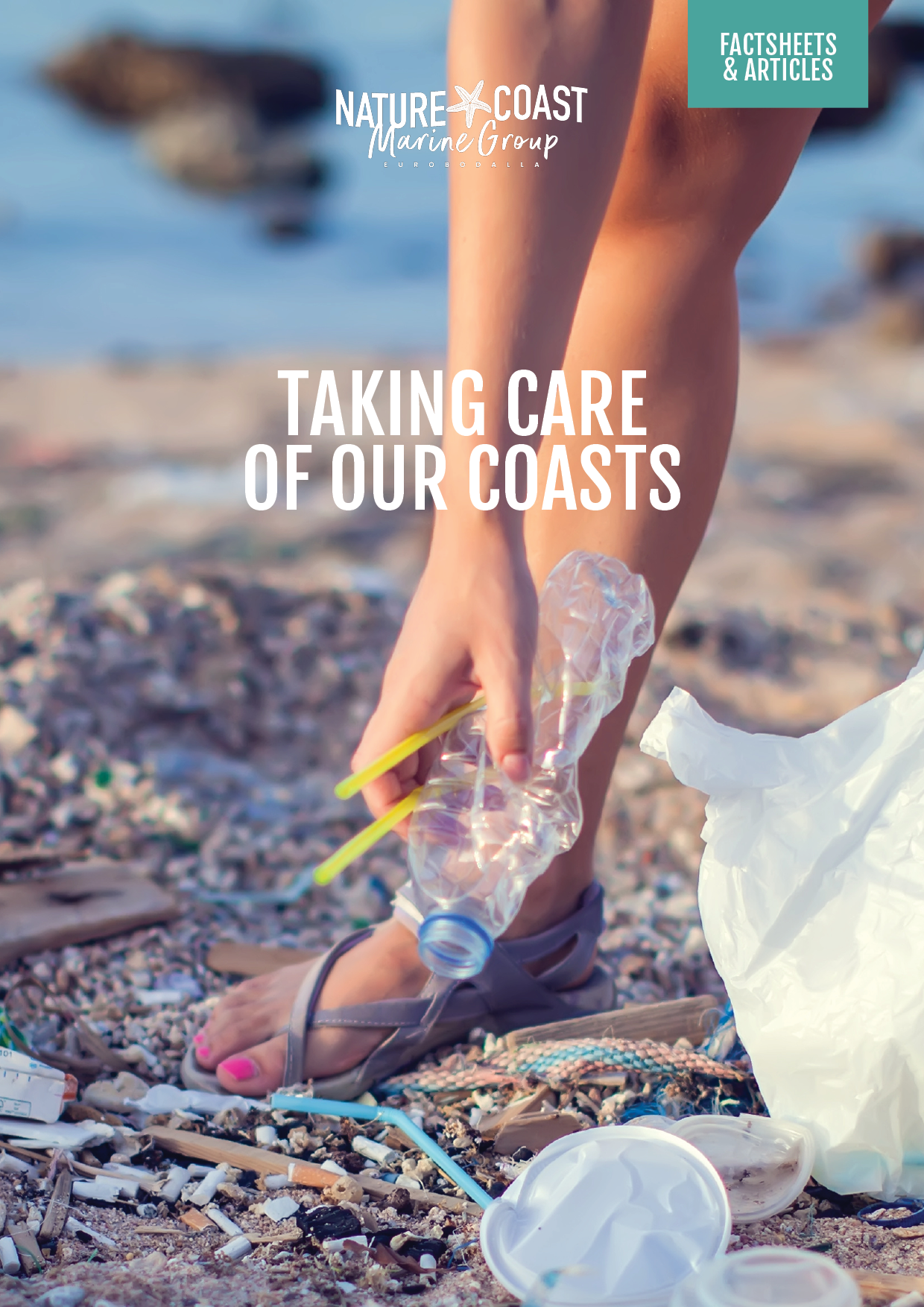THIS PAGE IS
For the Kids!
But grown ups can play too.
Enjoy thESE activities for children to learn about life ON ROCKY SHORES, BEACHES AND IN estuaries. Download the factsheets, puzzles, apps and games!
HOT TIP: By reading through the ID Guides for Rocky Shores, Beaches and Estuaries, you’ll find the answers you need (unless you know them already!)
ROCKY SHORES in the intertidal zone are above water at low tide and below water at high tide. It is a fascinating world, teeming with life that has evolved to live in one of the most challenging environments on the planet. Plants and animals have to deal with relentless heat from the sun during the day, cold nights, crashing waves, high saline conditions when seawater evaporates, and the opposite when replaced by fresh water when it rains.
BEACHES come in all shapes, sizes and textures. Tucked between rocky headlands are tiny “pocket” beaches that usually have a mixture of sand, pebbles and gravel. Surf beaches that are exposed to strong waves are mainly silica sand, and sometimes have extensive dunes behind them Sheltered beaches near the mouths of estuaries have finer sand that contains more silt. Each type of beach has its own set of plants and animals adapted to the conditions.
AN ESTUARY is a tidal area where a freshwater river meets the ocean. The tidal ebb and flow mix salty sea water with fresh river water, resulting in brackish water. Estuaries are often referred to as the “nurseries of the sea” because they provide sheltered, nutrient rich breeding grounds for fish, crustaceans and other marine life. Their shores also offer important feeding and nesting areas for migratory birds. Estuaries include many different habitats such as shallow open waters, oyster reefs, salt marshes, mud flats, seagrass beds and mangrove forests.
Seagrasses are marine plants with the same basic structure as land grasses. They have tiny flowers and strap-like or oval leaves. Seagrasses form meadows in calm shallow coastal waters, binding sandy or muddy bottoms. They are very important as nurseries for many species of fish and crustaceans.
Mangroves are small trees that are specially adapted to live in the brackish intertidal zone. Their roots stabilize the coastline, reducing erosion from storm surges, currents and tides. They also provide shelter or places of attachment for fish and other organisms.




